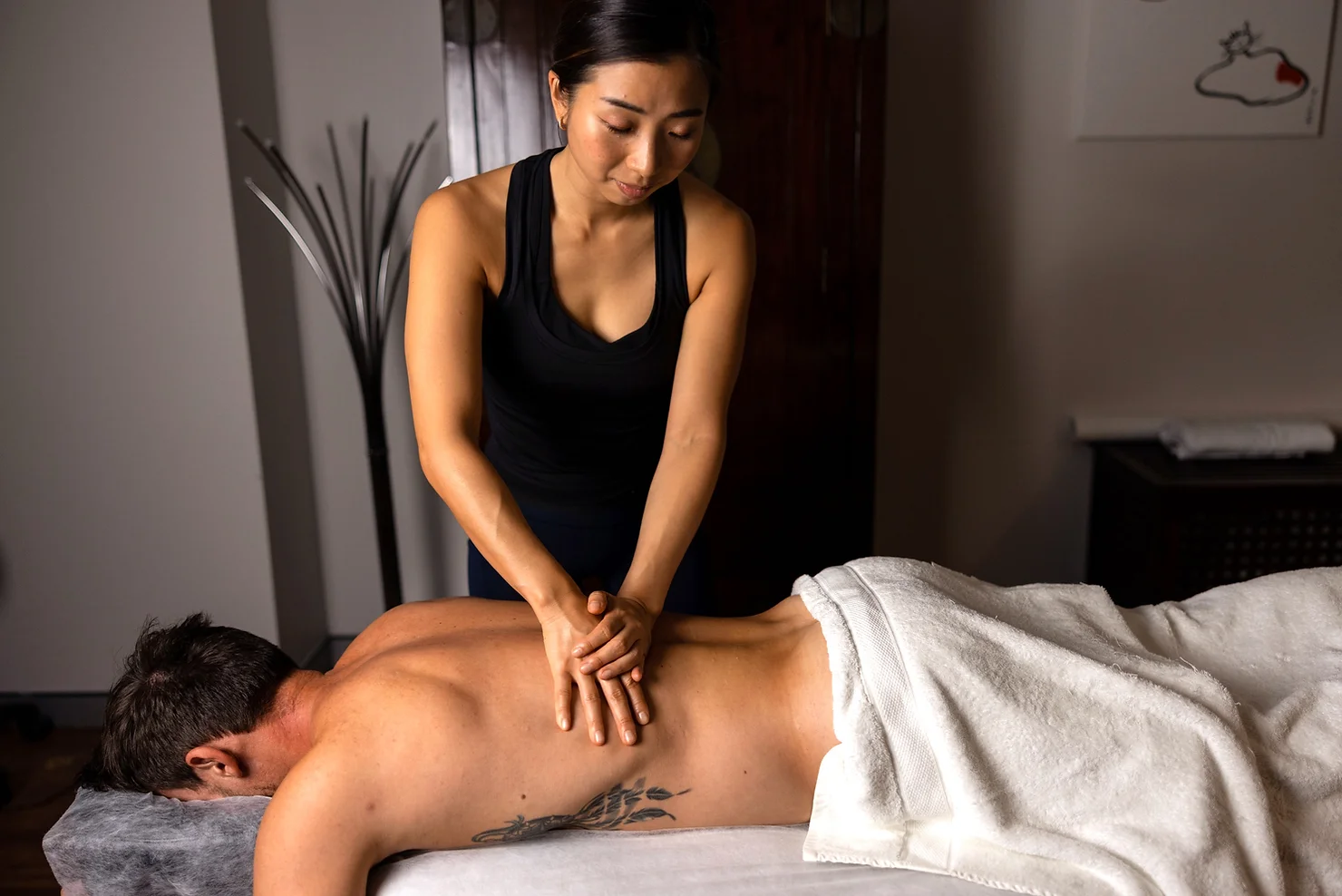Lower back pain is a prevalent issue in Australia, affecting millions of people’s lives. According to the Australian Institute of Health and Welfare (2019), musculoskeletal conditions including back pain are impacting 3.7 million Australians. The COVID-19 pandemic has only exacerbated this problem, which means more people are spending more time being sedentary, working from home and engaging in less physical activity. Office workers are at a higher risk of developing lower back pain ranging 34% to 75% (Kishore, Mackey & Johnson, 2017).
The increase in sedentary lifestyles has led to a rise in both physical and mental health issues associated with lower back pain. Literally, ouch! Physically, people experience discomfort, restricted range of motion, and reduced functionality in their daily lives. Mentally, the persistent pain can lead to stress, anxiety, and even depression.
Remedial massage, incorporating deep tissue techniques and the kaizen (continuous improvement) approach, offers a viable solution for those suffering from lower back pain, regardless of whether they are office workers or avid gym trainers. Here’s how remedial massage with deep tissue techniques can help alleviate back pain and improve overall well-being:
- Identifying the cause: As massage therapists, we will assess the root cause of back pain by evaluating posture, muscle imbalances, and areas of tension. By targeting knots formed in deep muscle layers, therapists can effectively address the pain resulting from long hours of sedentary lifestyle.
- Releasing muscle tension: Deep tissue Deep tissue techniques within remedial massage help relax and lengthen tight muscles in the lower back, hips, and legs, such as the quadratus lumborum and psoas muscles. These muscles are commonly affected by prolonged sitting and can contribute to lower back pain.
- Improving circulation: Deep tissue techniques enhance the effectiveness of remedial massage in improving circulation and reducing inflammation in the lower back. By reaching deeper layers of muscle tissue, oxygen and nutrient-rich blood can be delivered to affected areas, which is difficult to achieve through superficial methods like foam rolling.
- Enhancing mobility and flexibility: Working on the deep layers of muscle tissue, remedial massage with deep tissue techniques can improve flexibility and range of motion in the lower back and hips, making everyday movements more comfortable.
- Overall stress relief and energy boost: The physical human contact with massage, helps lower stress levels and release endorphins – the body’s natural pain relievers. With plenty of rest and recovery post-treatment, this can lead to improved mental health and a greater sense of overall well-being.
It’s important to recognize that remedial massage can benefit not just office workers with sedentary lifestyles but also gym trainers who may experience lower back pain due to overtraining, poor technique, or muscle imbalances. Remedial massage can help address these issues and enhance athletic performance.
In conclusion, lower back pain is a widespread problem in Australia that has been further aggravated by the COVID-19 pandemic. Remedial massage, with the incorporation of deep tissue techniques and the kaizen approach, offers an effective solution for people from all walks of life, including office workers and gym enthusiasts. By targeting the root cause of pain, releasing muscle tension, improving circulation, and enhancing mobility, remedial massage can help alleviate back pain and contribute to better mental and physical health.
Reference:
- Australian Institute of Health and Welfare. (2019). Musculoskeletal conditions. Retrieved from https://www.aihw.gov.au/reports/chronic-musculoskeletal-conditions/musculoskeletal-conditions/contents/what-are-musculoskeletal-conditions
- Kishore, R., Mackey, M., & Johnson, G. (2017). Are Australian Workers at an Increased Risk of Developing Low Back Pain? Journal of Occupational Rehabilitation, 27(4), 568-577. doi:10.1007/s10926-016-9682-4

